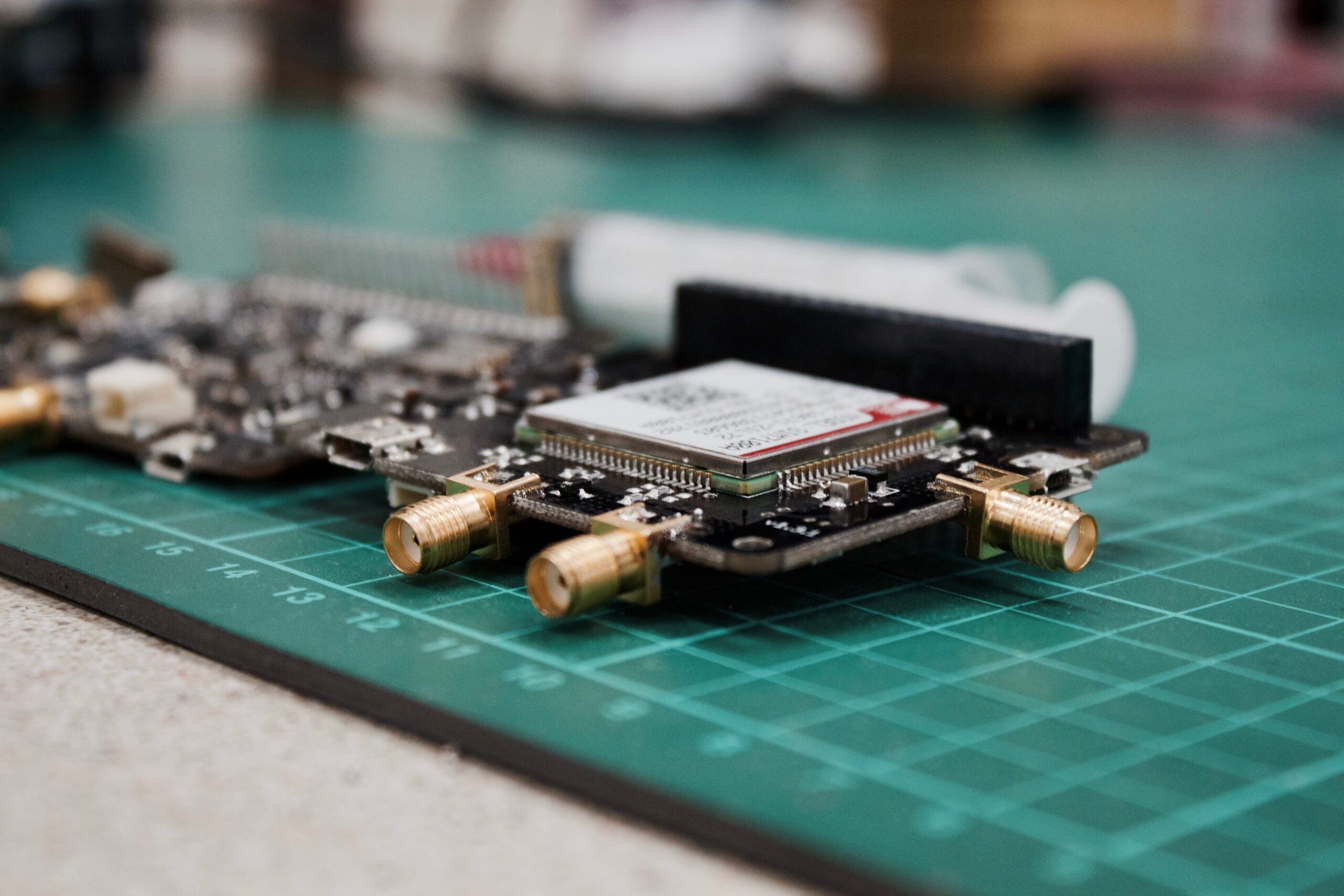Introduction to IoT Security
In this Introduction to IoT Security, we will explore the evolving landscape of Internet of Things (IoT) devices and the crucial need to prioritize their security. As the our world becomes increasingly interconnected, IoT devices have revolutionized various industries, offering convenience, efficiency, and enhanced capabilities. However, with the proliferation of these devices comes a growing concern for the security and privacy risks they pose.
Understanding the Importance of Securing IoT Devices
Securing IoT devices is of paramount importance due to the potential consequences of breaches. IoT devices, ranging from smart home appliances to industrial sensors, collect and transmit vast amounts of data. This data, if compromised, can lead to severe consequences such as unauthorized access, data manipulation, and even physical harm. Therefore, it is crucial to understand the significance of implementing robust security measures to safeguard these devices from potential threats.
Common Vulnerabilities in IoT Systems
One common vulnerability in IoT systems is weak or default passwords. Many users fail to change the default login credentials, making it easier for attackers to gain unauthorized access. Additionally, outdated firmware and software, lack of encryption, and insecure communication protocols pose significant risks. These vulnerabilities highlight the need for regular updates, strong authentication mechanisms, and encryption protocols to protect IoT devices and their data.
Best Practices for Securing IoT Networks
Securing IoT networks involves implementing a combination of technical and operational best practices. Network segmentation is a crucial step, as it isolates IoT devices from critical systems, limiting the impact of potential breaches. Regular vulnerability assessments, network monitoring, and access control mechanisms are also essential to maintain a secure environment. Furthermore, ensuring that only trusted and reputable vendors are chosen for IoT devices can significantly minimize security risks.
Role of Encryption in IoT Security
Encryption plays a pivotal role in securing IoT devices and their data. By encrypting the communication between devices and the data they transmit, sensitive information becomes unintelligible to unauthorized individuals. Strong encryption algorithms, such as AES (Advanced Encryption Standard), provide an additional layer of security, making it significantly harder for attackers to intercept and decipher the data.
Implementing Authentication and Authorization in IoT
Effective authentication and authorization mechanisms are vital for ensuring the integrity and confidentiality of IoT systems. Implementing strong authentication methods, such as multifactor authentication, can significantly reduce the risk of unauthorized access. Additionally, implementing proper authorization protocols ensures that only authorized individuals or devices can interact with the IoT network, mitigating the potential for malicious activities.
The Risks of Data Privacy and IoT
Data privacy is a critical concern when it comes to IoT devices. These devices collect and process vast amounts of personal and sensitive data, raising concerns about potential misuse or unauthorized access. Implementing robust data privacy measures, such as data anonymization, consent-based data collection, and secure storage practices, is crucial to protect individuals’ privacy and comply with applicable data protection regulations.
Securing IoT in Industrial and Healthcare Settings
In industrial and healthcare settings, securing IoT devices is of utmost importance. Industrial IoT devices, such as sensors and controllers, are integral to critical infrastructure and manufacturing processes. Any compromise in their security can lead to severe consequences, including production disruptions and safety hazards. Similarly, in healthcare, IoT devices are used for monitoring patients, managing medical equipment, and storing sensitive patient data. Securing these devices is crucial to prevent unauthorized access and protect patient privacy.
Future Trends in IoT Security
The field of IoT security is continuously evolving to keep up with emerging threats and technologies. Artificial intelligence (AI) and machine learning (ML) are being increasingly used to enhance IoT security by detecting and responding to anomalies in real time. Additionally, blockchain technology shows promise in securing IoT by providing tamper-proof and transparent transaction records. As IoT continues to expand, it is expected that innovative security solutions will emerge to tackle new challenges.
Conclusion: Ensuring a Safe and Secure IoT Environment
In conclusion, the security of IoT devices is a crucial aspect that cannot be overlooked. The proliferation of these devices brings immense opportunities but also significant risks. By understanding the importance of securing IoT devices, addressing common vulnerabilities, implementing best practices, and prioritizing data privacy, we can create a safe and secure IoT environment. As technology advances, it is essential to stay vigilant, adapt to evolving threats, and embrace innovative solutions to protect the interconnected world we live in.
Ensuring a safe and secure IoT environment requires collaboration among manufacturers, developers, policymakers, and end-users to establish robust standards, regulations, and practices. With a collective effort, we can harness the full potential of IoT while safeguarding against potential security threats.




